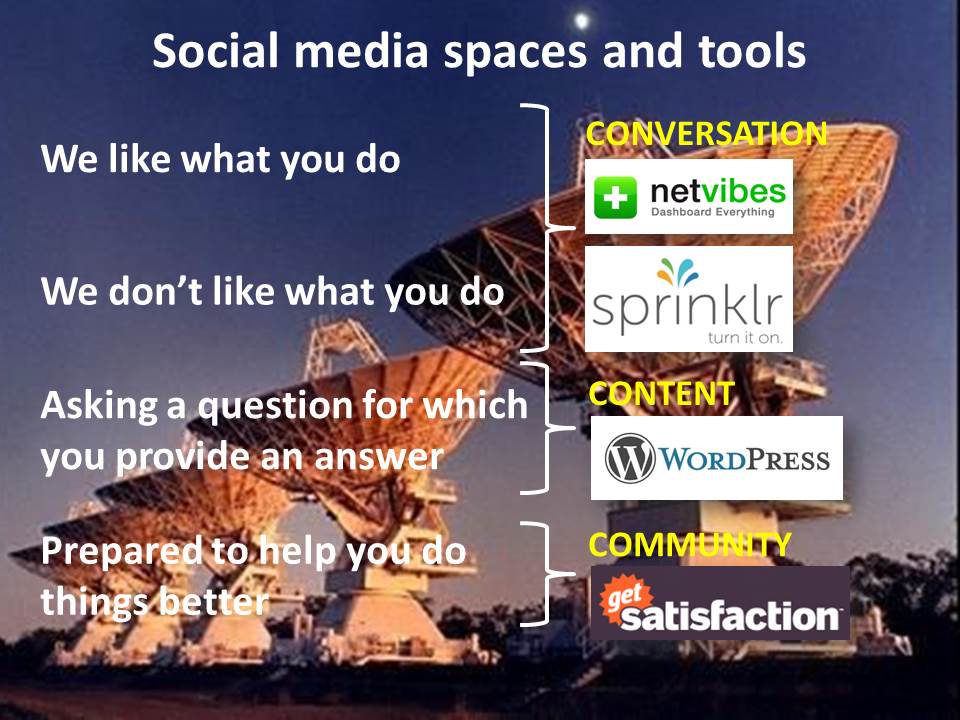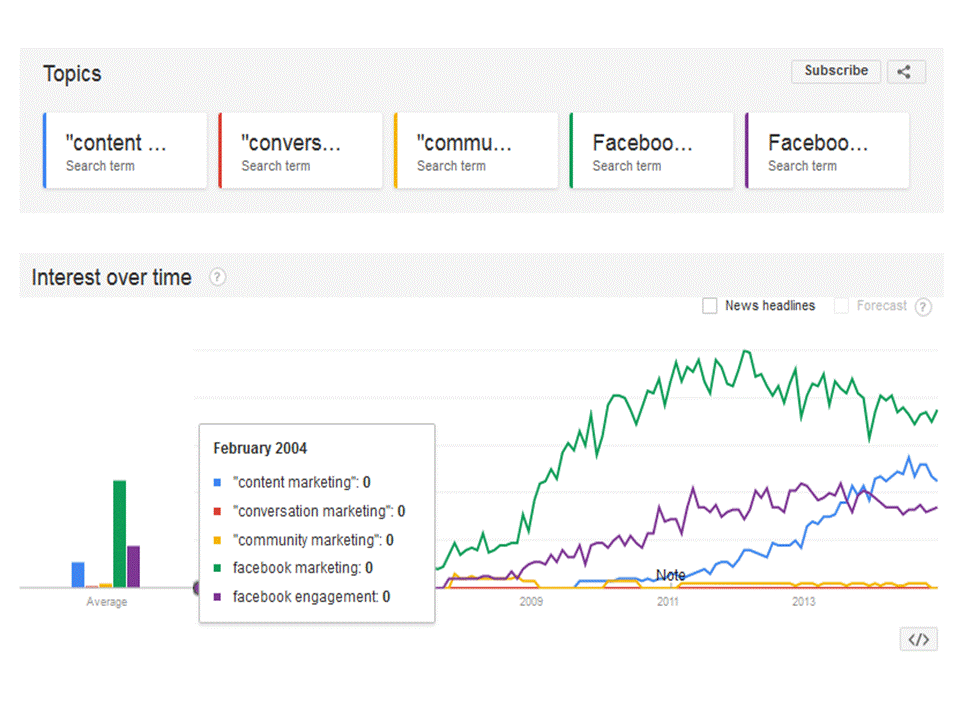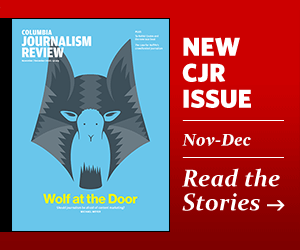Question: what is TV? Answer: a form of behaviour
 Mark Ritson has recently been stirring the pot on TV – challenging broadcasters to take on Netflix and Amazon and predicting that Facebook will buy Netflix within a year.
Mark Ritson has recently been stirring the pot on TV – challenging broadcasters to take on Netflix and Amazon and predicting that Facebook will buy Netflix within a year.
These are interesting ideas, but in order to make sense of them I think we first need to ask ourselves the question, what exactly is TV: is it a form of content, distribution, a device (TV ‘set’) a business model or something else entirely? At the moment we are confusing all of these things.
In the past we haven’t had to ask this question, because TV has been a single thing created from a fusion of all of these elements, albeit we have come to understand it primarily as a form of content. This is why we talk about TV ‘programmes’. In reality traditional TV is a form of distribution that has imprisoned a certain type of video content within it, but we have focused on its content because this has been the basis of difference. There hasn’t (until recently) been an alternative (different) type of distribution and thus alternative content or an alternative place where ‘TV’ content can live.
At its heart the digital revolution is all about the separation of information / content from its means of distribution. This marriage, and consequential relationship, between information and distribution established 600 years ago by Gutenberg, is coming to an end. The separation allows us to understand that in many instances this was a loveless marriage where distribution wore the trousers and forced content to take its name and adapt to its formatting strictures – hence TV ‘programme’.
The implication of this divorce for the distribution-dependant business model that was TV is the discovery that much of the content it used to be wedded to can enjoy a life with other distribution partners and also that it has an opportunity to flirt with content that was formerly imprisoned within other distribution media (such as movie screens). It has also meant that Casanovas such as Netflix can establish themselves in the space previously owned exclusively by the business model known as ‘TV’. Imprisoning content is no longer the best or only route to commercial success.
In order to understand what is going to happen to this thing known as TV we need to develop a new way of defining the problem that TV is there to solve and thus reconstructing a business model that is based around providing a solution to that problem, rather than a model designed to preserve as much as possible the confederation of functions and skills that sit within a TV channel or network.
I look at it in two ways. First, TV as a form of behaviour. The fusion of content, distribution technology and device that we know as TV created a form of behaviour: people (often in groups) sitting in comfortable chairs in their own homes, gathered around a screen in order to be entertained (and to a lesser extent informed), primarily between the hours of 8pm and 11pm, watching content that frequently formed the basis of subsequent online or offline conversations.
The good news is that this form of behaviour is not going to go away anytime soon – and to that extent the behaviour we call TV (and thus TV advertising) is going to endure. The less good news, for the traditional business model associated with TV, is that these people now know that they can expect a much greater choice of content (albeit probably within a more restricted range of content categories) than has traditionally been the fare of what we called TV programmes or can be provided by the things known as TV networks or channels.
The form of content that is best adapted to this form of behaviour is where the future lies. It will tend to be based around long-form storytelling, live sports events, mass entertainment that has an element of either real-time audience participation or real-time social currency and, to a lesser extent, news. This is the space Netflix (and Strictly Come Dancing) is addressing and it is growing. This is the thing Ritson has identified in his article as being a ‘third line’ of ‘autro’ viewing that he defines rather confusingly as being ‘on a TV set but not TV’ and sitting between TV and mobile. This is the wrong way of defining this stuff as the rather confusing ‘on TV but not TV’ description implies and it stems from our inability to separate the differing elements that constitute traditional TV, our conflation of distribution and content and our obsession with channel (TV versus mobile) – which in itself is a hangover from the world of distribution dominance. This stuff is better defined as simply content that is adapted to TV behaviour but that isn’t currently produced by TV networks.
This brings me onto another way of looking at the broader video space, which is to define it by screen size, which in itself is also allied to behaviour. There is the big screen that sits in front of the home-based comfy chairs and hosts the type of content referred to above. Then there is the personal screen that we will use when we want to behave as an individual (and currently is provided by the device known as a laptop / tablet). And there will be a palm-sized screens which we will use when it is not possible to access the other types of screen, or for candy-content (short, sweet, usually consumed ‘to go’). We have also seen, in Google Glass, that there is a new screen-based environment/behaviour – which I guess you could call the real-time, heads-up screen. The device known as Google Glass has obviously not worked as the device to host this type of screen, but the behaviour associated with it remains valid and will probably first be hosted on a palm-sized screen but this time held in front of the face (and on car windscreens) and associated with augmented reality. And all of these screens will be fed by a variety of distribution technologies and content producers.
Note: I haven’t called the palm-sized screen a mobile because that simply compounds the mistake of seeing mobile as a form of channel, when mobile, as per all the above screen types, is best understood as a form of behaviour. Mobile has a huge significance going forward: not as a channel, but as a behaviour detection device.
Also note: last Wednesday I watched the second half of Tottenham Hotspur’s disappointing performance against PSV huddled around my son’s iPhone in Venice Airport. In all respects a sub-optimal situation – but that was the only alternative relevant to our current situation / behaviour. Which is why we need to understand technology / channel in the context of real time behaviours. Behaviours drive selection of technology or channel, not the other way around. Of course a mobile is not appropriate to the environment or behaviour that is living room viewing, but in some situations it will be the best (only) option.
Having defined the forms of behaviour or environment associated with consumption of video the challenge is to define a model associated with satisfying all, or part of, these behaviours. I think there are four things this model has to address.
First, and of greatest relevance to consumers, there is content aggregation: a mechanism for finding and filtering relevant content. Google is a content aggregator as is Spotify to a certain extent. However, their models can’t be directly imported because the behaviours associated with video consumption are different. Video consumption (at least for the big-screen living-room behaviour that is TV) is more here-and-now and socially relevant. There is a need to watch what everyone else is watching. If you want to work-out how to insulate a loft you don’t need your friends to also watch the video. Likewise if you want to listen to Freebird by Lynyrd Skynryd, this is always something best done alone (and preferably in secret).
Aggregators generally are the future for lots of things in the digital world. Uber is an aggregator. We can also see, if we choose to (and many don’t), that the future of retail will be divided between purchase aggregators and providers of consumption experiences.
Second, there is revenue aggregation. Google became mighty because it started off solving a content aggregation problem but found a way of aggregating revenue around the consumer behaviour it was addressing. The current ‘TV’ models of aggregating revenue are not sufficiently consistent with the behaviour consumers will want from a content aggregator. Revenue and content are currently brought together in a portal model: Netflix is really a portal as is a TV channel – but portals are a sub-optimal from a consumer’s perspective. Portals are a way of getting consumers to pay for content they won’t ever watch, albeit this this provides a way to manage the third problem: management of risk.
Living room content is expensive to produce. You therefore need up-front money tied to some guarantee of future revenue. YouTube is close to being a functioning content aggregator but its revenue aggregation model only works to support content that is cheap to produce and where producers have the incentive to carry the risk. The risk problem is currently solved via the commissioning process which ties distribution to content. The revenue aggregation solution will probably be defined by the requirement for consumers to pay (via subscription or exposure to advertising) only for the content they wish to view, plus the ability to provide some guarantee of future revenue.
The fourth issue, which is linked to risk management, is promotion / social relevance. A video on insulating your loft will always be relevant (with respect to loft insulating behaviour). But this years ‘Strictly’ winner very quickly becomes last year’s ‘Strictly’ winner. If a content producer has access to content distribution, they can use this to promote their upcoming content. They can also restrict access to this content, via release dates and scheduling, to build anticipation.
Effectively it is only social relevance and risk management that currently ties content to distribution because the technology already exists to provide content and revenue aggregation (the barriers here are only ones of economic self-interest). But content and distribution will become separated because this is the way the tectonic plates are shifting and because consumers will demand it.
So – I can’t draw the picture of what the business model that satisfies the behaviour known as TV will look like. But I am pretty sure that the route to finding it will be based around a recognition of the ultimate end-state of content separated from distribution, the connection instead of content directly to revenue via a process of content and revenue aggregation (rather than through an intermediary portal), the ability to manage risk and the need to generate social relevance. And the starting point is to stop thinking about TV as a form of content or a form of channel or a device, and start thinking about it as a form of behaviour.
P.S. My favourite media analyst, Clay Shirky, tells a great story about TV (I think in his book ‘Here Comes Everybody). His young daughter was at a friend’s house and was scrambling around behind the TV. Shirky assumed she was looking for the remote, which he gave to her. She looked at it quizzically and said “no daddy, I am looking for the mouse.” She didn’t care about the device known as TV, to her it was just a screen and a screen which ships without a mouse is broken. A screen without a mouse: that’s not a bad way of summarising the state of the thing we currently call TV. Something that is out of line with consumers’ desired behaviour.




 It appears to have become an article of faith that
It appears to have become an article of faith that 
